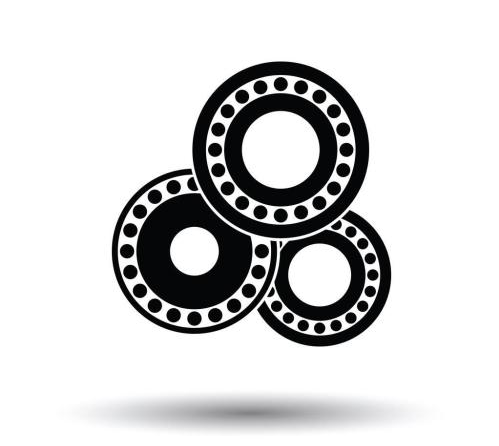
 Industry News
Industry News

This Honda CBR600RR crankshaft is another example of how inanimate, unvocal engine parts can tell a story. With respect to lubrication, oil comes up from the gallery below the crankshaft and enters each main bearing through a drilling.
You’ll notice four of the main bearings have grooves in the middle; one bearing has no groove. If you had a crankshaft from the predecessor of this engine, the CBR600F, you would see all of its main bearings were groove-less. Why did Honda make this change?
This engine—and most car engines, as well—gets oil to the crankpins by bleeding it off the main bearings. A hole is drilled at an angle down through the crankpin into the bearing, and a little plug is staked in place.
That drill way conducts oil from this bearing through the flywheel cheek into the hollow crankpin, and the oil comes out through two holes to lubricate the rod bearing. That sounds like it makes excellent sense.
If this crankshaft is turning 14,000 rpm, oil has to be pumped into the crankshaft against so-called centrifugal force to get it into the drilling that carries it to the crankpin. Every manufacturer that has made high-rpm engines has run into this same problem.
They start seeing little problems with their connecting-rod bearings. They develop black streaks. That’s not metal-to-metal contact, but it’s the next thing to it. When you see those black streaks, you think to yourself, “Not much margin there.”